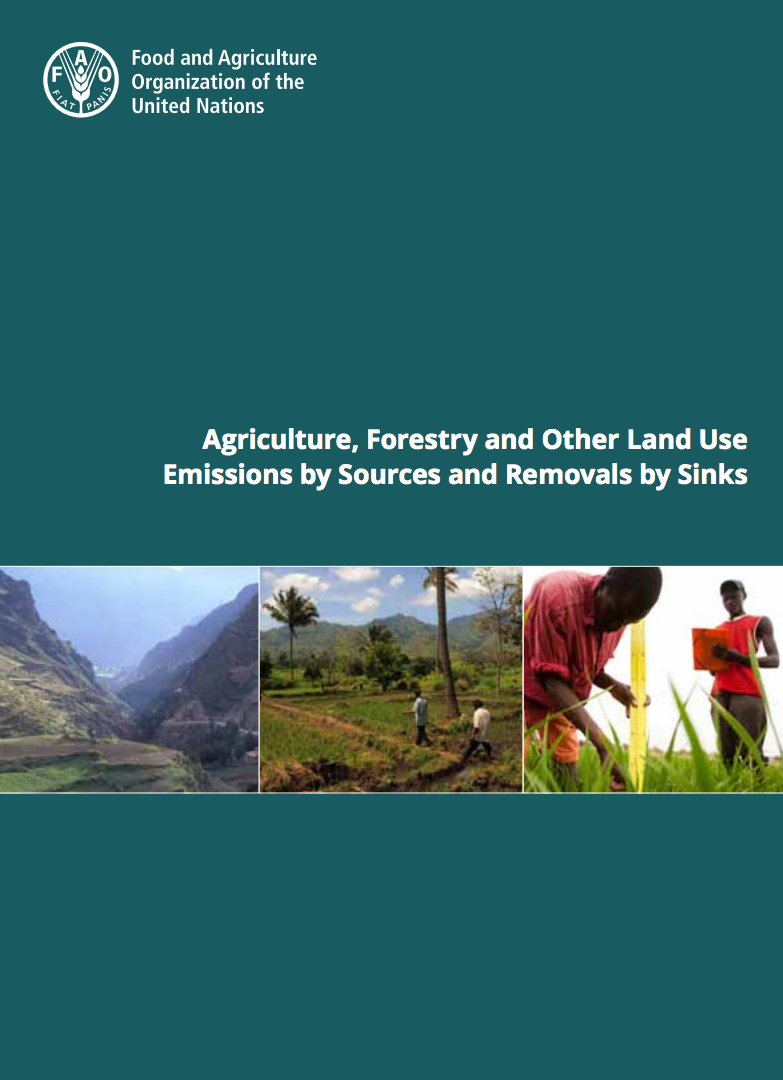Focal point
Location
The Food and Agriculture Organization of the United Nations leads international efforts to defeat hunger. Serving both developed and developing countries, FAO acts as a neutral forum where all nations meet as equals to negotiate agreements and debate policy. FAO is also a source of knowledge and information. We help developing countries and countries in transition modernize and improve agriculture, forestry and fisheries practices and ensure good nutrition for all. Since our founding in 1945, we have focused special attention on developing rural areas, home to 70 percent of the world's poor and hungry people.
Members:
Resources
Displaying 4886 - 4890 of 5073Voluntary Guidelines for Good Governance in Land and Natural Resource Tenure
Voluntary guidelines are human-rights based documents that provide a framework
and reference point for national and international policies. They need to be derived
from international agreements and credible examples of good practice if they are to
command wide support. This paper is based on 56 authoritative international
documents from which 14 principles about land and natural resources tenure have
been derived.
Agriculture, forestry and other land use emissions by sources and removals by sinks
This report discusses new knowledge on anthropogenic greenhouse gas (GHG) emissions from agriculture, forestry and other land use (AFOLU) activities made available through the new FAOSTAT Emission database. The database is available globally, with country detail, for all agriculture, forestry and land sub-categories available in FAOSTAT and in the Forest Resources Assessment (FRA).
Governing Land for Women and Men
Gender equality is one of the ten core principles of the Voluntary Guidelines on the Responsible Governance of Tenure of Land, Fisheries and Forests in the Context of National Food Security. This guide aims to assist in its implementation through the achievement of responsible gender-equitable governance of land tenure. The guide focuses on equity and on how land tenure can be governed in ways that address the different needs and priorities of women and men.
An Overview of Land Tenure in the Near East Region
This review of land tenure in West Asia and North Africa (WANA or the Near
East region) places contemporary developments in their historical context. Land
tenure in the region has its origins in state, customary or religious law, or more often a
combination of the three. With the ascendancy of the nation state over the past
century, official legal systems has sought to entrench sovereignty over land with the
abolition of customary law and the evolution of
Shari’ah to deal with modern needs of
Sustainable Land Management in Practice
Production of guidelines for best sustainable land management (SLM) technologies and approaches in Sub- Saharan Africa (SSA) has been part of TerrAfrica’s programme during 2009-2010. These guidelines and case studies are intended to help create a framework for investment related to SLM in SSA. The particular aim of these guidelines is to identify, analyse, discuss and disseminate promising SLM practices - including both technologies and approaches - in the light of the latest trends and new opportunities.








